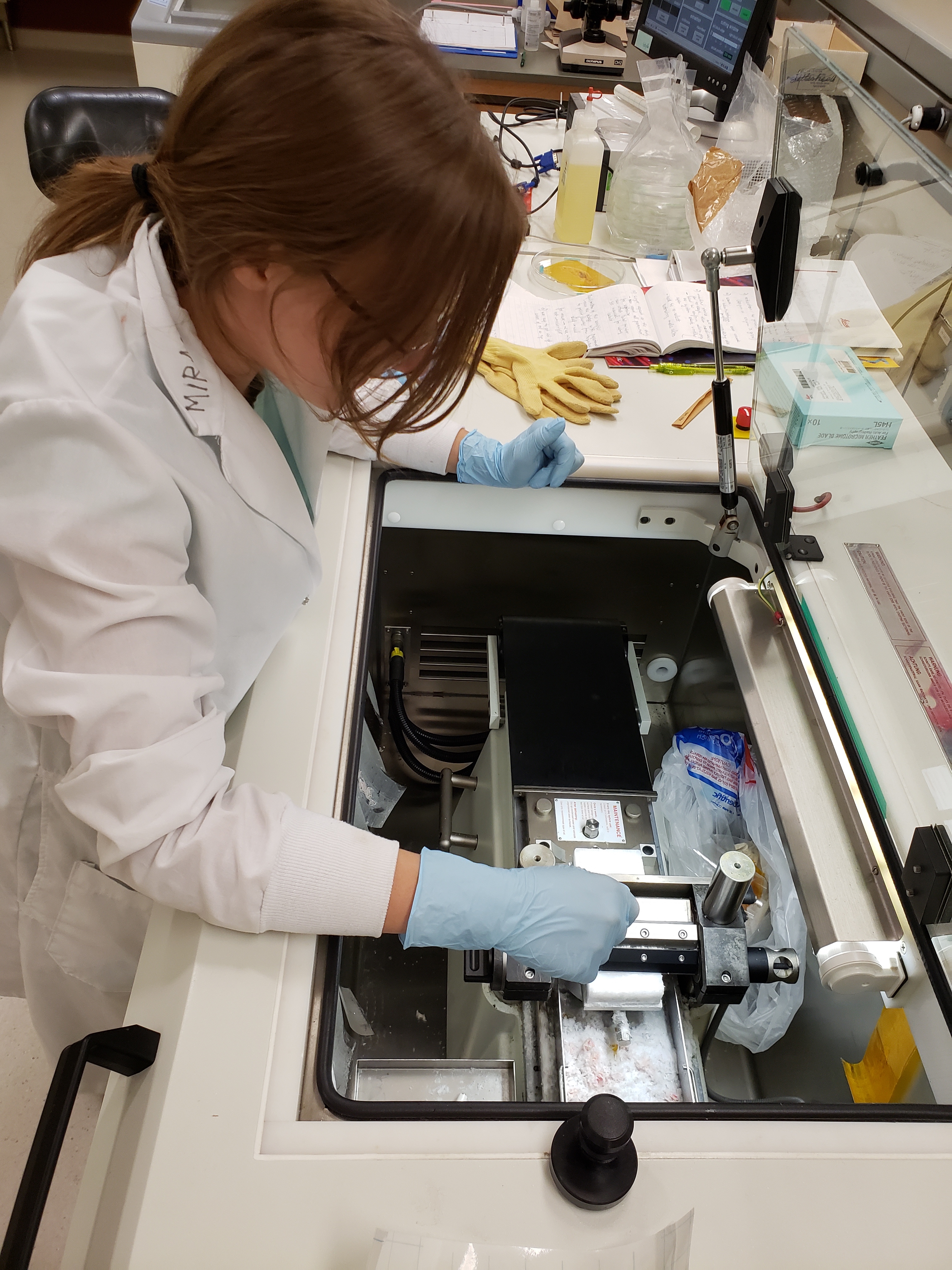
Primary Investigator: Dr. Lissa Peeling
Stroke is a leading cause of death and permanent disability around the world. Intracerebral hemorrhage (ICH) is a bleed which occurs in the brain and accounts for approximately 15% of all stroke events. ICH is a medical emergency and has a 50% mortality rate at 1 month and 50% disability at 1 year. ICH occurs as a result breakdown or rupture of the blood-brain barrier, where etiology typically involves one or more of hypertension, aneurysms, arteriovenous malformations, cerebral amyloid angiopathy, and hemorrhagic transformation of ischemic stroke, as examples. Elevated hydrostatic pressure after ICH can induce further peripheral ischemia due to mass effect and can cause ischemia in distal regions in the event of arterial rupture. Aside from the disruption in energy metabolism and hydrostatic pressure-induced effects, the physical breakdown of the BBB exposes the brain to blood components.
Our team has identified a broad range of metabolic biomarkers from X-ray fluorescence imaging, X-ray absorption spectroscopy, and Fourier transform infrared (FTIR) imaging that are highly correlated with blood components, including multiple metabolites that have not been quantitatively characterized or visualized in ICH imaging studies previously. Additional biomarkers are also correlated with the state of metabolic change and immune response in the tissue, as well as the state of oxidative damage.

